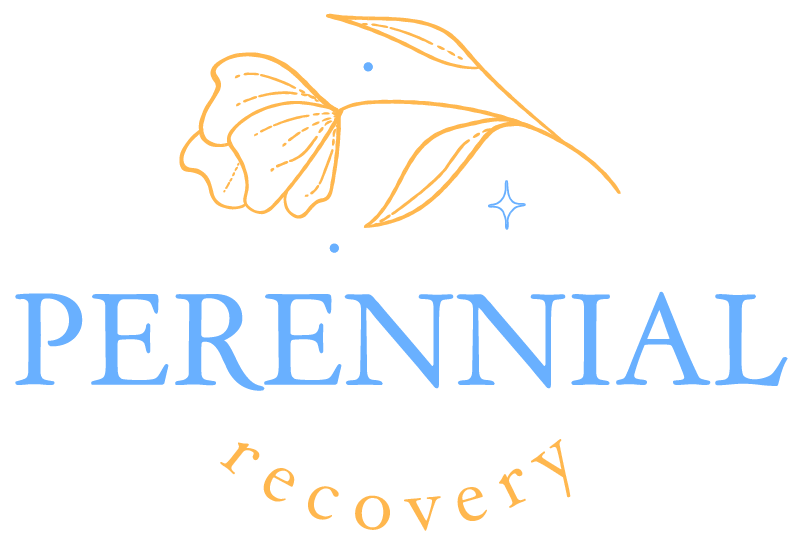Understanding Mold and Addiction
To uncover the connection between mold and addiction, it is crucial to understand the impact of mold on health and the complex nature of addiction itself.

The Impact of Mold on Health
Additionally, certain molds produce mycotoxins, which are toxic substances that can further contribute to health issues. The presence of mold in indoor environments, such as homes or workplaces, can pose a significant risk to individuals’ well-being.
The Complex Nature of Addiction
Addiction is a complex condition characterized by compulsive drug use despite negative consequences. It is influenced by various biological, psychological, and environmental factors. Addiction can affect individuals of all backgrounds and is not solely determined by willpower or moral character.
Factors such as genetics, brain chemistry, trauma, mental health disorders, and social environment can all contribute to the development and progression of addiction. It is important to recognize addiction as a chronic disease that requires comprehensive treatment and support.
Understanding the complex nature of addiction is crucial when exploring potential connections between mold exposure and substance abuse. While the causality between the two is not yet fully understood, it is important to examine the possible links and identify ways to address both mold-related health issues and addiction for individuals who may be affected.
By gaining a deeper understanding of the impact of mold on health and the complex nature of addiction, we can begin to explore the potential connections between the two and develop strategies for prevention, treatment, and recovery.
The Connection Between Mold and Addiction
Understanding the link between mold and addiction is essential for addressing the complex relationship between these two factors. Mold can potentially act as a trigger for addiction, while mold-related health issues can contribute to substance abuse.
Mold as a Potential Trigger for Addiction
Mold, a type of fungi that thrives in damp and humid environments, can have various effects on individuals. Some individuals may be more sensitive to mold exposure and experience adverse health reactions. In certain cases, mold exposure can act as a potential trigger for addiction.
When exposed to mold, some individuals may turn to substances as a coping mechanism to alleviate the physical and psychological symptoms associated with mold-related health issues. The stress and discomfort caused by mold exposure can lead to feelings of anxiety, depression, and unease, which may drive individuals to seek solace in addictive substances.
Mold-Related Health Issues and Substance Abuse
In addition to acting as a potential trigger for addiction,
The combination of mold-related health issues and their impact on overall well-being can create a vicious cycle. Individuals may resort to substance abuse as a way to cope with both the physical and psychological effects of mold exposure, further exacerbating their addiction. Understanding the connection between mold and addiction is crucial for addressing these intertwined issues. By recognizing the potential triggers associated with mold exposure and understanding how mold-related health issues can contribute to substance abuse, individuals can seek appropriate help and treatment to break free from the cycle of addiction and achieve sobriety. Understanding the connection between mold and substance abuse can provide valuable insights into the complex nature of addiction. In this section, we will delve into two aspects of this link: mold exposure and increased vulnerability to addiction, as well as mold-related illnesses and self-medication. Exposure to mold has been suggested as a potential factor that can increase vulnerability to addiction. Mold releases tiny spores into the air, which can be inhaled or come into contact with the skin. These spores contain mycotoxins, toxic substances produced by certain molds that can have various effects on the body. Research suggests that mycotoxins can disrupt the central nervous system and affect brain function. This disruption may contribute to changes in mood, cognition, and behavior, potentially increasing the risk of developing addictive behaviors. Furthermore, mold exposure can lead to chronic inflammation, which has been associated with an increased susceptibility to addiction. Mold-related illnesses can also be a contributing factor to self-medication and substance abuse. Exposure to mold can trigger a range of health issues, including respiratory problems, allergies, and chronic fatigue. These health conditions can significantly impact an individual’s quality of life and well-being. In an attempt to alleviate the symptoms associated with mold-related illnesses, some individuals may turn to substances such as drugs or alcohol as a form of self-medication. Unfortunately, relying on substances as a coping mechanism can lead to a cycle of addiction, further exacerbating the negative effects of mold exposure. To fully understand the link between mold and substance abuse, it is crucial to recognize the impact of mold exposure on an individual’s physical and mental health. By addressing both mold-related health issues and addiction, individuals can work towards holistic recovery and break free from the cycle of substance abuse. It’s important to note that while mold exposure may be a contributing factor, addiction is a complex condition influenced by various biological, psychological, and social factors. Seeking professional help and guidance is crucial for individuals struggling with addiction, regardless of the presence of mold exposure. When it comes to addressing the connection between mold and addiction, it is important to identify mold exposure and seek appropriate help. Additionally, treating both mold-related health issues and addiction is crucial for a comprehensive approach to recovery. Identifying mold exposure is the first step in addressing the potential link between mold and addiction. If you suspect mold in your living or working environment, it is essential to take action. Look for visible signs of mold, such as discoloration or a musty odor. Additionally, pay attention to any symptoms that may be indicative of mold-related health issues, including respiratory problems, allergies, or persistent headaches. To determine the presence of mold, professional mold testing can be conducted. These tests may involve air sampling, surface sampling, or bulk sampling to identify the type and concentration of mold present. If mold is detected, it is crucial to seek help from qualified professionals, such as mold remediation specialists or environmental consultants. They can guide you through the process of mold removal and ensure that the affected areas are properly treated to prevent further exposure. Treating both mold-related health issues and addiction is essential for a comprehensive recovery process. Addressing mold-related health issues may involve seeking medical attention to manage respiratory symptoms, allergies, or other health conditions that may have been triggered or exacerbated by mold exposure. Your healthcare provider can recommend appropriate treatments, such as medications or therapies, to alleviate these symptoms. Simultaneously, addressing addiction requires a multifaceted approach. Seeking help from addiction specialists, such as therapists or counselors, can provide valuable support and guidance. Treatment options for addiction may include therapy, support groups, and rehabilitation programs tailored to individual needs. These programs can help individuals develop coping mechanisms, address underlying emotional issues, and learn healthier ways to manage stress and cravings. In some cases, individuals may benefit from integrated treatment programs that address both mold-related health issues and addiction simultaneously. These programs take a holistic approach, considering the interplay between physical and mental health. By addressing mold-related health issues and addiction together, individuals can work towards a more comprehensive and sustainable recovery. Addressing mold exposure and addiction requires a collaborative effort between individuals, healthcare professionals, and experts in mold remediation and addiction treatment. By taking the necessary steps to identify mold exposure, seek appropriate help, and address both mold-related health issues and addiction, individuals can move towards a healthier and more fulfilling life in sobriety. When it comes to Preventing Mold Exposure and Promoting Sobriety
Preventing mold exposure is crucial in reducing the risk of mold-related health issues and potential triggers for addiction. Here are some key steps to consider: Taking a holistic approach to mold and addiction recovery can provide comprehensive support for individuals seeking to overcome these challenges. Here are some holistic strategies to consider: By implementing preventative measures to reduce mold exposure and adopting holistic approaches to recovery, individuals can increase their chances of achieving long-term sobriety while minimizing the impact of mold-related health issues. It’s important to seek professional assistance and tailor the recovery journey to individual needs for the best possible outcomes. https://www.newhorizonscentersoh.org/blog/mold-connection-to-addiction https://www.perennialrecovery.com/blog/mold-and-addictions-strange-connection https://www.coachellavalleyrecoverycenter.com/blog/mold-and-addictions-strange-connection 
Exploring the Link: Mold and Substance Abuse
Mold Exposure and Increased Vulnerability to Addiction
Mold-Related Illnesses and Self-Medication
Addressing Mold and Addiction
Identifying Mold Exposure and Seeking Help
Treating Mold-Related Health Issues and Addiction
Prevention and Recovery
Holistic Approaches to Mold and Addiction Recovery
Sources



